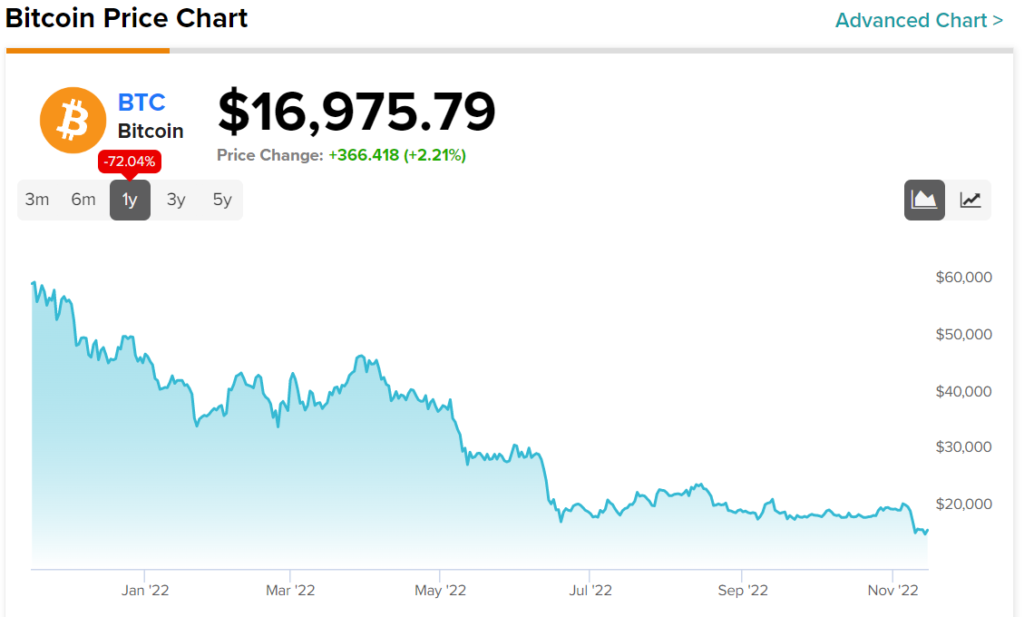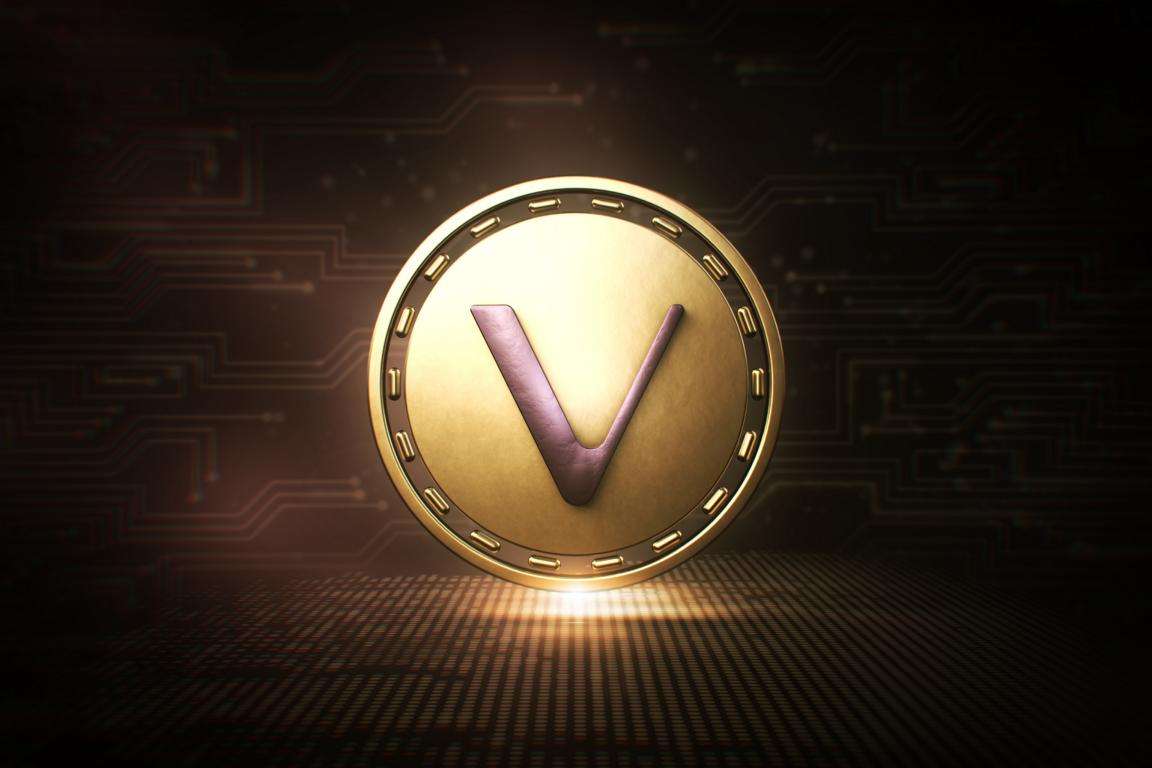Deciphering the Present and Future of NFTs: Interview with Justin Sun

The eye-popping auction numbers that characterized the non-fungible tokens (NFTs) frenzy of 2021 raised newfound awareness of the crypto ecosystem, encouraging adoption and, consequently, speculation. Yet, after the huge run-up, 2022 has seen that benefit turn into ridicule for NFTs and other cryptocurrencies such as Bitcoin (BTC-USD). The avalanche that began with the Terra disaster in May wreaked havoc across the spectrum, with NFTs emerging as one of the worst-hit crypto segments.

Recent reports indicate that the value of most NFTs has fallen significantly in recent months while NFT trading volumes have dried up. Critics have begun to claim that the “NFT mania” is finally over, the bubble has burst, and NFTs will not be coming back anytime soon.
How much of it is accurate and justified? Or is this really just the end of the beginning? To get a clearer view of what happened, what’s going on behind the scenes and what the future holds, we sat down with Justin Sun, founder of Tron Network and Grenada’s Permanent Representative to the WTO.
Justin Sun ranks among the longtime crypto evangelists. Sun, along with his team, has introduced the TRON network and the accompanying Decentralized Autonomous Organization (DAO) to include the community in the network’s development process. TRON is currently home to a wide range of products and services, including several government and regulatory projects.
In addition, Sun has been one of the early proponents of the NFT boom. In early 2021, he established an NFT investment fund focused on the acquisition of art, which would be digitally registered on the blockchain, after he bought a Picasso and a Warhol.
(The following interview was conducted before the FTX collapse.)
The NFT market has taken a dramatic turn in the last six months, with trading volume down almost 97% since the peaks of January 2022. What do you think caused this massive decline in NFT trading volume? Also, how do you expect the NFT market to behave in the remaining months of the year?
Justin: A combination of factors contributed to the dramatic decline in NFTs. Many people diversified their crypto holdings during the recent bull market. As the prolonged crypto winter set in, it forced investors to reposition portfolios and rotate out of the riskier assets such as NFTs, while crowding out the speculative bids in the NFT markets. On top of that, the play-to-earn (P2E) frenzy grew considerably, contributing to the meltdown.
I am not sure if the NFT market will bounce strongly through the end of the year due to macroeconomic and geopolitical headwinds. Frequent interest rate increases and the increasing strength of the USD are other important factors that dampen investors’ prospects.
With many promising Web3, Metaverse and P2E projects in the pipeline, do you see NFTs emerging as the “underlying mechanism” supporting these activities? More importantly, do you see NFTs as a critical growth driver for future blockchain technology?
Justin: Yes, the current generation of NFTs don’t really offer much in the way of utility. Fortunately, many upcoming projects are experimenting with new use cases, whether for Web3, the metaverse games, or play-to-earn (P2E) and play-and-earn (P&E) games.
That said, NFTs are and will continue to be the underlying mechanism for several initiatives and advances during this critical stage of Web3 development. Concepts such as fractional NFTs, aNFTs and other applications are sure to help advance blockchain technology and accelerate mainstream adoption, especially as accessibility improves and the learning curve flattens.
As more countries embrace blockchain and cryptocurrencies, what needs to be done, especially in terms of ecosystem development, to make it easier for users to join the crypto revolution?
Justin: I firmly believe that blockchain developers and entrepreneurs should focus solely on user experience and accessibility. These new technologies are still too “futuristic” for the vast majority of potential users. There cannot be a one-way approach to ecosystem development.
Instead, we need to shake the box and persuade the target audience on multiple levels by promoting awareness, user-friendly products, regulations and so on – all of which will ultimately encourage more users to adopt.
We discovered that Dominica chose the TRON blockchain to issue its official coin. What do you think of this latest development? Can you help our readers understand the Dominica Coin concept (DMC) and the role of the TRON blockchain in transforming this idea into reality?
Justin: The introduction of the Dominica Coin (DMC) is a historic milestone for Dominica as the local government embarks on its mission to boost economic growth in the region and support innovation. Dominica Coin (DMC) is actually a fan token designed to help tourism in Dominica by promoting its natural attractions and economic activity. TRON’s role in this effort is designed to help the Dominican government achieve its goals through energy and cost-effective infrastructure.
Several countries are already experimenting with CBDCs and other blockchain-based financial primitives. Do you think CBDC can redefine finance as we know it? Will an increasing number of countries choose to use blockchain technology to overcome the shortcomings of existing financial services practices?
Justin: As far as I know, almost 100 countries are currently experimenting with CBDC. Essentially, CBDCs can play a key role in cutting unnecessary intermediaries from the existing financial system. In addition to reducing financial friction by reducing the necessary counterparties in payments, commerce and banking, the technology can reduce the cost of financial services for both consumers and businesses by facilitating reliable, direct connectivity between transaction partners.
Yes, as blockchain technology evolves and unlocks new use cases, more and more countries will embrace it. Besides the status quo, there is no alternative because blockchain is the next logical step in technological development. Governments will clearly need to experiment with it to remain relevant or risk missing out on the 4th Industrial Revolution.
Tell us more about the TRON blockchain, its latest ecosystem developments and how you plan to make TRON the best solution for retail, institutional and government use.
Justin: TRON is among the most energy-efficient and affordable blockchains on the market today. The infrastructure is purposefully designed to serve a wide range of real-world applications. The TRON ecosystem is continuously growing, with more than 118 million accounts and counting.
Our vast ecosystem is home to hundreds of wallets, chains, dApps, NFT marketplaces and much more. The most important thing is that we continuously optimize existing functions as well as implement new functions, expand our strategic partnerships with key players, among other things to make TRON the public blockchain for everything.
How much untapped potential does blockchain technology show, especially when it comes to facilitating a wide range of real-world use cases? More specifically, what is your opinion on the current state of blockchain technology and how do you see it maturing in the coming years?
Justin: Well, blockchain technology is still in its early stages. Yes, we’ve unlocked several real-world use cases, but haven’t quite scratched the surface yet. The existing blockchain stack is more of an experimental phase where we learn from mistakes and develop better primitives.
However, technological advances occur at a rapid pace. New projects and solutions have already unlocked a number of new applications that expand the usefulness of the blockchain landscape and expand new opportunities. The main reason this progress will last and continue to snowball is because of a strong and vocal community that is agile, energetic and optimistic about future potential blockchain ports.
Mediation
























